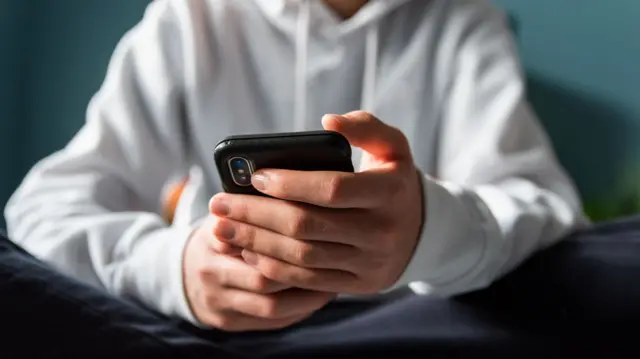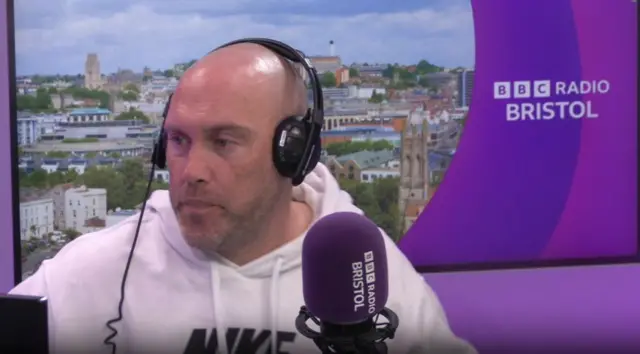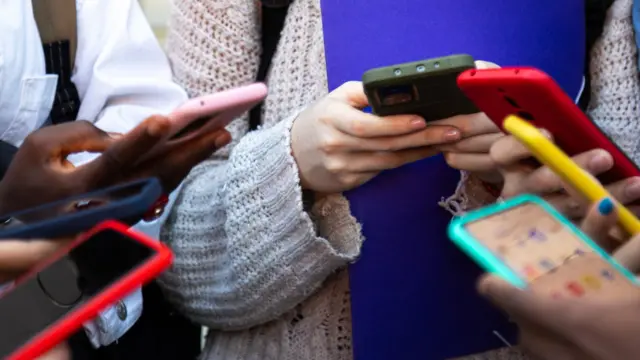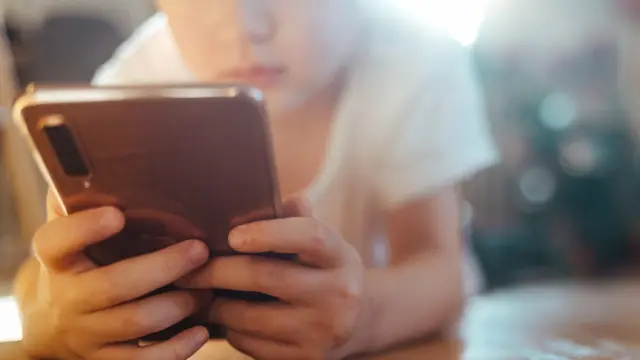'How to hide a dead body'published at 07:47 BST 15 May
 Image source, Getty Images
Image source, Getty ImagesAs part of our investigation, reporters Harriet and Andy set up a profile for 'Ash', a 15-year-old from Bristol who loves the gym, gaming and music - especially drumming.
Despite showing no initial interest in violence, Ash was almost immediately shown disturbing YouTube videos reviewing different weapons and how they affect the human body.
TikTok also showed an array of worrying content, from "how to hide a dead body" to guides on how to hide drugs from police.
There were also hints of adult and potentially misogynistic videos, with later clips showing more and more women dancing suggestively and one post asking the user to choose whether they preferred "the girl or the car".





